In recent times, it’s become more common to mount televisions on the wall rather than placing them exclusively on furniture. As TVs get larger and space becomes limited, the wall becomes a practical support for your new acquisition.
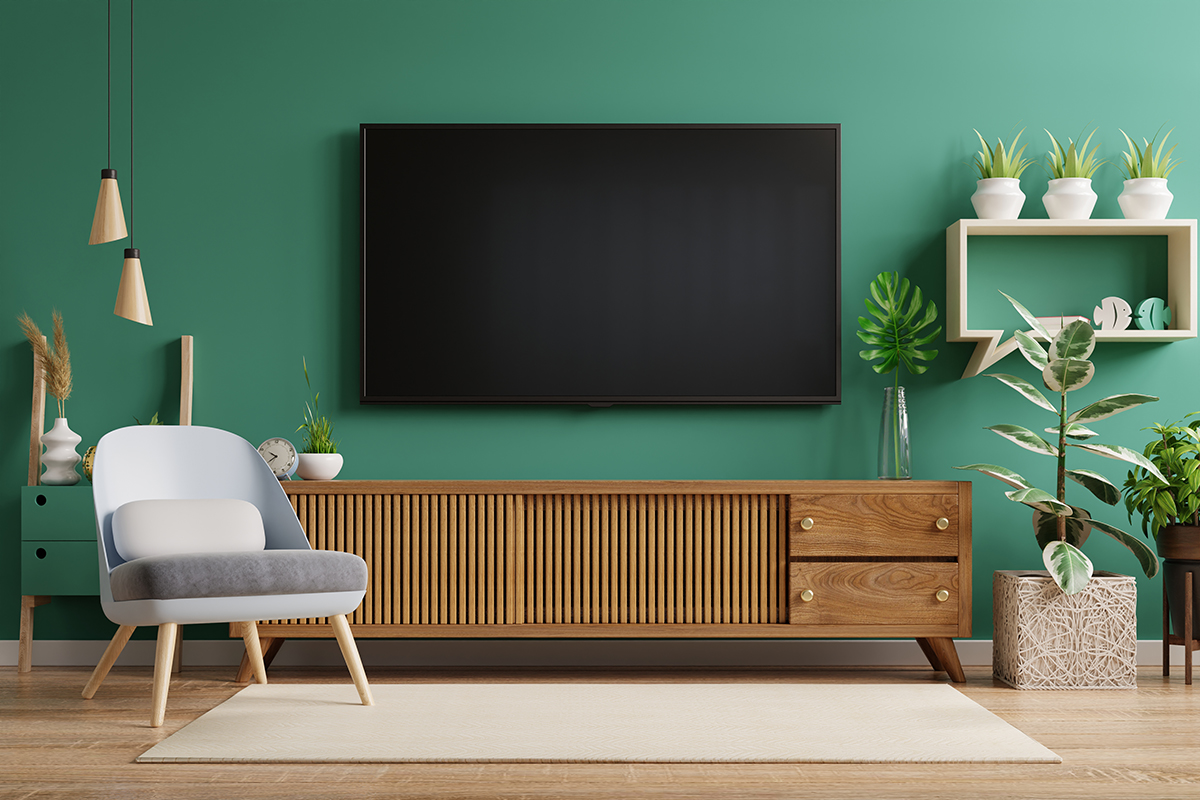
(Image sourced from: https://cutt.ly/4UMu2Ul)
If You’re about to buy a new TV and sound system, SOS Assistance is here to guide you on what you need to know to avoid headaches later.
What Types of TV Mounts Are Available?
There are mainly three types of TV mounts on the market: full-motion mounts, tilting mounts, and fixed mounts. Your choice will depend solely on the location and your needs with the new device.
- Full-Motion Mounts: This type of mount includes an arm that can move horizontally and has a tilt feature. If you plan to view the TV from a corner, this is an excellent option.
- If your TV is over 65 inches, we don't recommend using a full- motion mount as it may pose a safety risk.
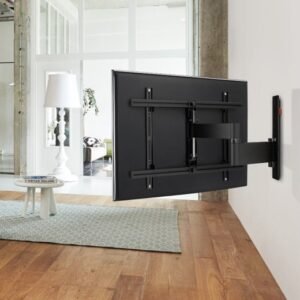
(Image sourced from: https://www.appliancesonline.com.au/public/images/product/wall3245b/extrnl/Vo
gels-WALL3245B-Black-Full-Motion-TV-Wall-Mount-lifestyle-high.jpeg)
- Tilting Mounts: These mounts allow for vertical movement, letting you tilt the screen downwards, ideal if you will be viewing the TV from a lower height.
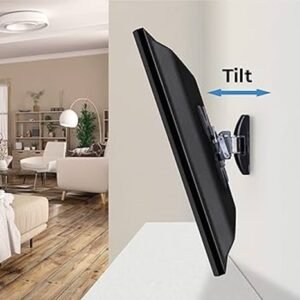
(Image sourced from: https://www.google.com/url?sa=i&url=https%3A%2F%2Fswissranks.com%2Fmakawa
%2Fnewinfo%2Fcorporate-info%2F%3Fu%3Dmounted-my-any-way-to-fix-this-tilt-angle-vv-
Kla3dGCW&psig=AOvVaw1JKfJLCLxDJsIJyA6aFkNj&ust=1719097373581000&sourc
e=images&cd=vfe&opi=89978449&ved=0CBEQjRxqFwoTCMjD6fzm7YYDFQAAAAAd
AAAAABAR)
- Fixed Mounts: These mounts usually place the TV very close to the wall, with only about 2 cm of separation, and do not allow for any movement. This type is recommended if you will be watching the TV head-on and it is at eye level.
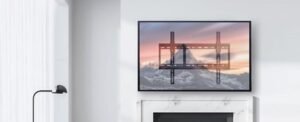
(Image sourced from: https://www.pipishell.com/cdn/shop/files/20220418-
153835_600x.jpg?v=1650267532)
How to Choose the Right Mount?
Before purchasing the amount, you need to know the dimensions and weight of your TV. These are crucial for selecting the correct mount that can support the screen. Most mounts indicate the maximum weight they can hold.
Additionally, it’s essential to know the type of wall where the TV will be installed, as a brick or concrete wall will provide different support compared to other types.
What is VESA?
The Video Electronics Standards Association (VESA) standard helps you easily find the ideal mount for your TV by referring to the distance between the mounting holes.

(Image sourced from: https://www.hiddentvlift.co.uk/media/k4fdbikq/vesa- guide.webp?width=1200&height=630&bgcolor=white)
Tip: Hide the Cables
You can conceal the cables by placing them inside a channel leading to the shelf where your new sound system will be.
Remember, TV installations should be done by expert, skilled, and qualified personnel who can anticipate any conditions that may affect both the visibility and safety of the TV. The last thing you want is an accident that causes your TV to fall. For this, contact SOS Assistance. We have the right technician for you.
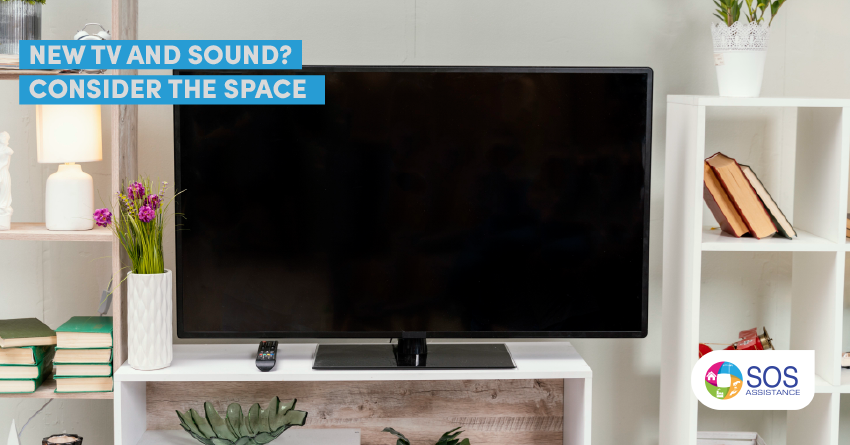
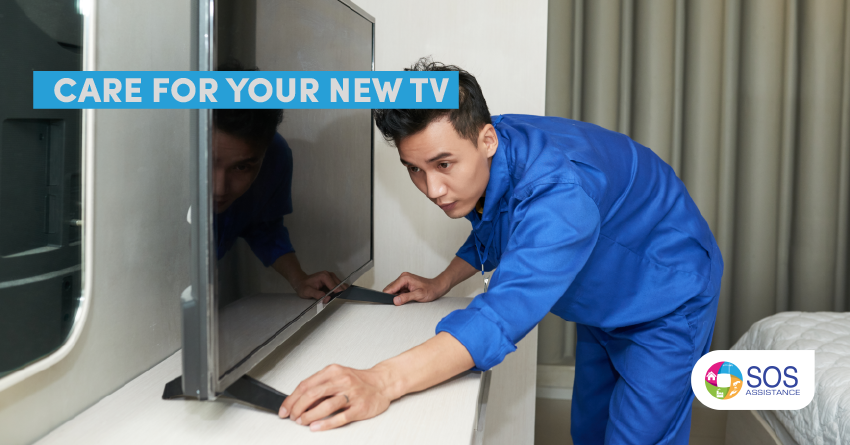
Leave A Comment